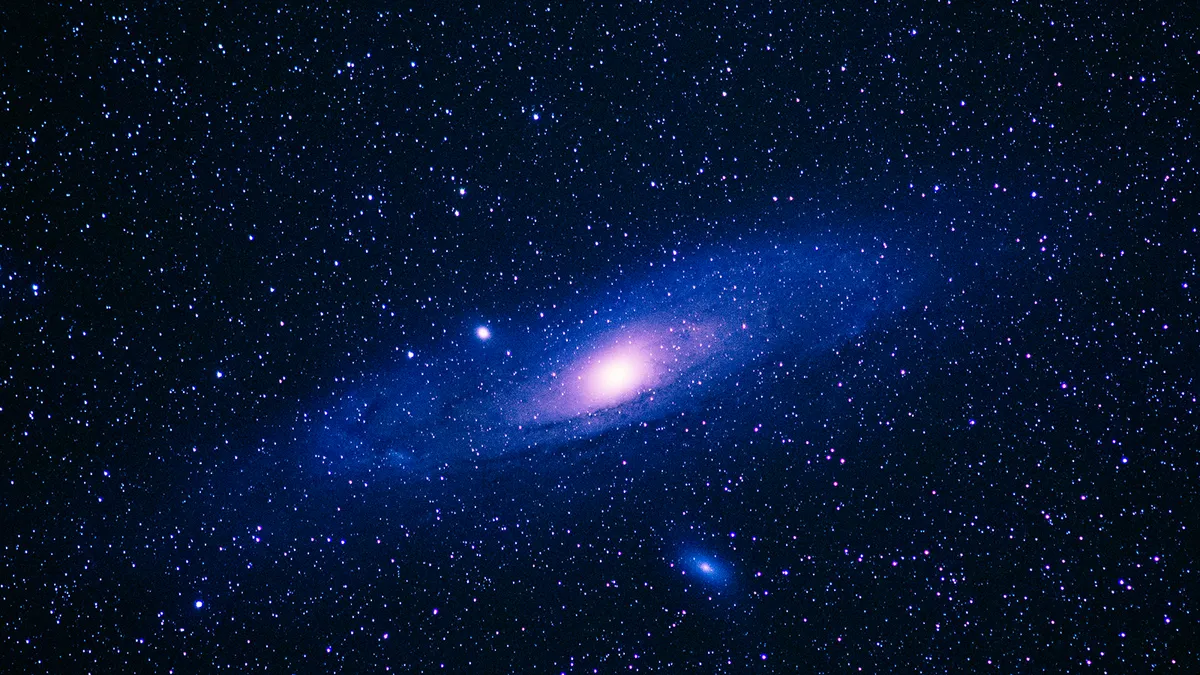Galaxies are massive collections of stars, gas, dust, and dark matter. They are the fundamental building blocks of the universe.
Types of Galaxies
- Spiral Galaxies: These galaxies have a spiral shape, with arms of stars and gas winding around a central bulge. Examples include the Milky Way and Andromeda galaxies.
- Elliptical Galaxies: These galaxies are shaped like ellipses, with a smooth distribution of stars. They tend to be older and have fewer young stars compared to spiral galaxies.
- Irregular Galaxies: These galaxies have no definite shape and are often smaller than spiral or elliptical galaxies.
Formation of Galaxies
Galaxies are believed to have formed from the collapse of vast clouds of gas and dust. Over time, these clouds condensed into stars and galaxies.
The Milky Way Galaxy
Our own galaxy, the Milky Way, is a spiral galaxy. It is estimated to contain hundreds of billions of stars, including our Sun. The Milky Way is part of the Local Group, a cluster of galaxies that also includes the Andromeda Galaxy and the Large Magellanic Cloud.
Galaxy Clusters and Superclusters
Galaxies are often grouped together in clusters and superclusters. The Milky Way is part of the Local Group, which is in turn part of the Virgo Supercluster.
Dark Matter and Dark Energy
Dark matter and dark energy are mysterious substances that make up most of the matter and energy in the universe. While we cannot see them directly, their gravitational effects can be observed.
Galaxies are fascinating celestial objects that provide valuable insights into the formation and evolution of the universe.
Would you like to learn more about a specific type of galaxy or the role of dark matter and dark energy in the universe?



